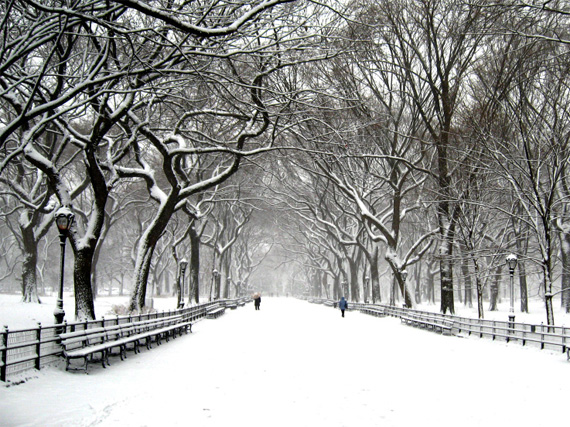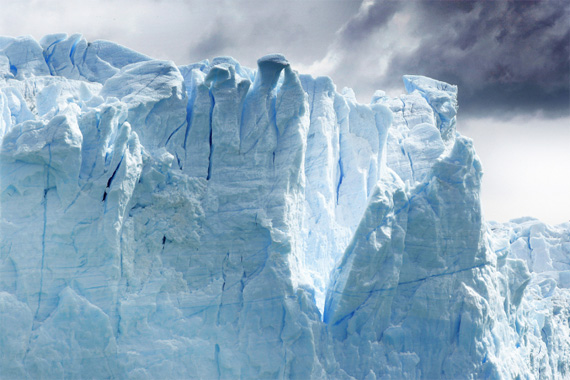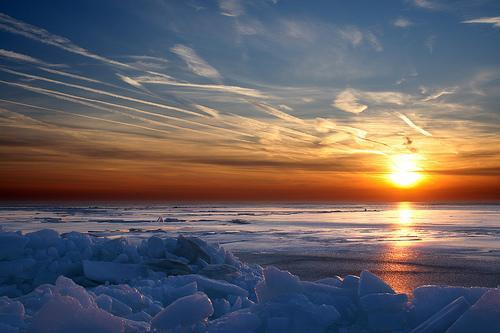Online Photography School
Landscape Photography In Winter
Do you love being outdoors, or watching the world turn to a white winter wonderland? Are you fascinated with the first snow fall? If any of these ring true, you should consider landscapes with a winter scene as the main focus.
What Equipment do you need for Winter Landscape Photography?
You need to carry extra supplies for your camera as well and putting what you can inside zip-lock bags, it may be time consuming but will keep the elements from attacking them. You want to carry extra batteries and film. The cold can be hard on these and not having a spare when you need it is a bad idea. Be prepared.
Getting the perfect winter scene.
You will find that the air is crisper and cleaner than other times of the year, which will help your pictures turn out more vibrant than before. However, the lighting will be much different as the snow reflects light, you need to make sure you are using polarized lens filter to keep the extra light from ruining your picture.
Different lighting changes the shapes and colors of everything. You might want to start out with the same shot once in the bright sunlight and another on a cloudy day. The contrast between the two will take your breath away.
Setting up your camera.
The first thing you want to do after you have setup the tripod, is to make sure your flash is either turned off for daylight photos or set to 2 or 3 second interval after taking the picture. This helps to ensure that your lighting is not disturbed or the picture has an unreal or fake feel t it.When you using a digital camera, you need to allow your camera to adjust itself and then you can adjust the exposure time by noticing the differences in each picture you take. This is one of the nicer benefits of many digital cameras; they have a LCD screen to view the picture you just took.

Getting the color right.
Remember that even though snow looks white, it normally takes on the colors of the sky and surrounding images. If the sky is Grey, try using a colored filter, and for blue skies try using a correction filter instead. Remember that no matter the type of filter you are using, it is best to take multiple shots of the same setting, changing the lenses and exposure settings. This is called ” bracketing.” This will greatly improve your chances of getting that right shot.Winter landscape photography can be both exhilarating and inspiring, but it takes time and practice to get the pictures just right. You might even consider carrying a notebook with you and marking what adjustments you made for each shot. You can then go back and see what worked and what didn’t, or duplicate the right settings again.
Author:
Gary Machado
Let us know what do you think about the article in comments section below. If you like the article then make a effort to share.

0 comments:
Post a Comment